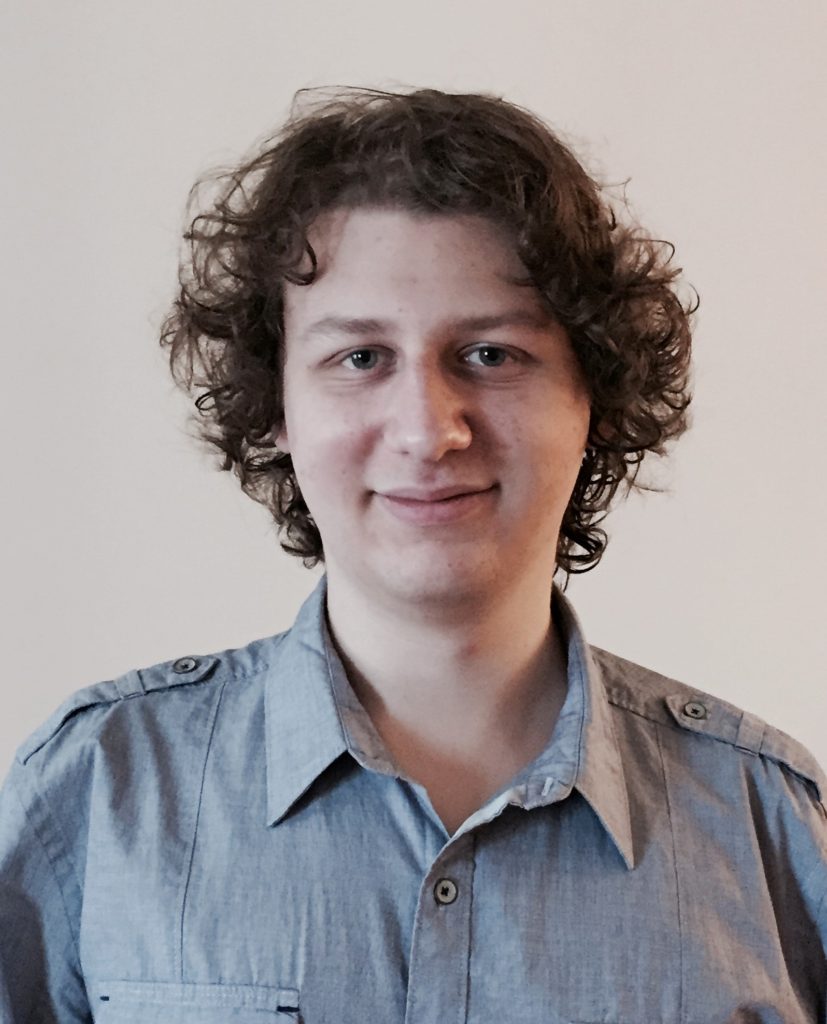Millions of college and university students in the United States have been affected by the COVID-19 pandemic, with wide-spread closure of campuses and displacement of students. Though necessary to slow the spread of the COVID-19 virus and protect students and staff, the closure of campuses resulted in the sudden loss of university housing and the mandatory shift to a new, fully online learning environment. The extent of disruptions to daily living and learning, and the related effects on students’ well-being, are not yet fully understood.
Located in one of the earliest outbreak hotspots in the US, on March 12, 2020, Rutgers University was one of the first universities to transition to remote instruction, cancel on-campus activities and events, and close residence halls. At the time, New York and New Jersey reported a viral “attack rate” roughly 5 times higher than the rest of the country, making it a unique early testing ground for measuring the effects of the pandemic on students’ mental health. Therefore, we conducted a survey of undergraduate students to document the nature and severity of their psychological distress in response to the COVID-19 pandemic exposure.
Data were collected between April 7-May 9, 2020. A total of 641 undergraduate students completed the survey. About half of students reported moderately severe and severe psychological distress: health anxiety was most commonly elevated (30.3%), followed by depression (25.4%) and general anxiety (22.3%). The high prevalence and severity of psychological distress, is likely influenced, at least in part, by geographical proximity to one of the earliest outbreak hotspots in the US. In fact, 38.5% of students reported that someone in their immediate personal network tested positive for COVID-19. Compared to students without, students who reported this kind of COVID-19 exposure were more likely to have clinically-elevated psychological distress, perhaps due to heightened salience and threat of disease. Given rising infection rates and emergence of hotspots across the nation, we expect that these current findings to generalize to students living in other geographical regions. Indeed, high rates of stress and depressive symptoms in this age group have been reflected nationally in recent surveys.
Our findings also indicated that female students were at significantly greater risk of psychological distress than male students. Moreover, the presence of medical vulnerability to COVID-19 (e.g., chronic heart/lung condition) and/or recent experience of viral symptoms (e.g., cough, fever) were additional factors associated with increased psychological distress. Routine self-monitoring of potential viral symptoms is a recommended public health measure intended to prevent the transmission of viral infection, with many workplaces and campuses requiring daily reporting of possible viral symptoms. However, in this study, constant vigilance to commonly occurring and possibly benign symptoms (e.g., cough, fatigue, headache) was associated with elevated health anxiety and general anxiety. Students who endorsed at least three symptoms (48% of the sample) were more likely to report severe levels of anxiety and depression, with severity of psychological distress increasing as number of viral symptoms increased, making student vulnerability to severe psychological distress the norm, rather than the exception in our sample. The strikingly prevalent psychological distress caused by COVID-19 could persist even after the pandemic is over, particularly among those with elevated acute vulnerability: including young adult females, those with COVID-19 exposure in their immediate social network, and those who experienced viral symptoms during the outbreak.
In sum, this situation has significantly impacted students, who are struggling with difficult emotions. We need to do what we can to better understand their unique experiences and then (1) raise awareness among educators, administrators, and mental health professionals that psychological distress is highly prevalent among students, and (2) provide easier, faster and more flexible access to mental health skills and strategies to offset the unique challenges and added psychological burden that students are facing.
Read the full paper: Kibbey, M. M., Fedorenko, E. J., & Farris, S. G. (in press). Anxiety, depression, and health anxiety in undergraduate students living in US outbreak “hotspot” during COVID-19 pandemic. Cognitive Behaviour Therapy. doi: 10.1080/16506073.2020.1853805



 Cognitive Behaviour Therapy A peer reviewed, multidisciplinary journal devoted to the application of behavioural and cognitive sciences to clinical psychology and psychotherapy.
Cognitive Behaviour Therapy A peer reviewed, multidisciplinary journal devoted to the application of behavioural and cognitive sciences to clinical psychology and psychotherapy.




